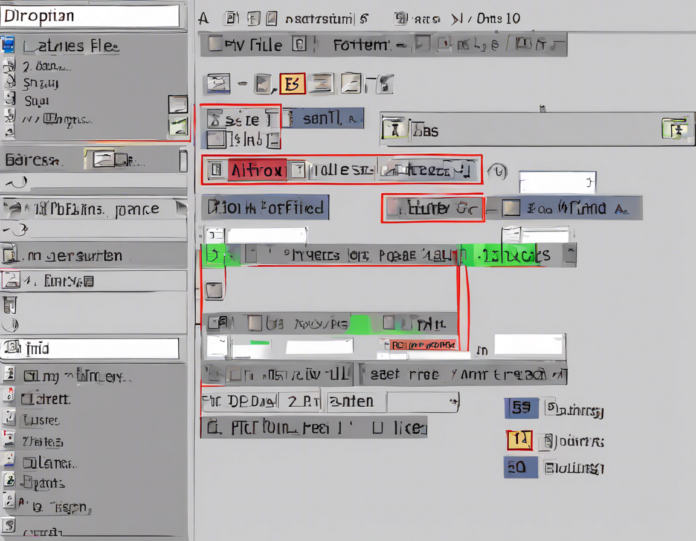Organizing a file with 16 items might seem like a straightforward task, but ensuring that everything is in order and easily accessible can make a significant difference in your workflow efficiency. Whether you are sorting physical documents or digital files, here is a comprehensive guide on how to organize a file with 16 items effectively.
Creating a Systematic Structure
1. Grouping Similar Items
Begin by categorizing your items into groups based on their common characteristics. This could be by content, type, date, or any other relevant criteria. Grouping items will help you manage and locate them more efficiently.
2. Allocate Numerical or Alphabetical Labels
Assigning numerical or alphabetical labels to each item can aid in easy identification and sorting. You can use prefixes like "01," "02," and so on for numbering or alphabetic characters for labeling.
3. Utilize Folders or Containers
For physical files, use folders, binders, or containers to store and segregate items based on their categories. In the case of digital files, create folders on your computer or cloud storage to maintain a structured layout.
4. Color-Coding
Consider color-coding your files or labels for visual organization. Use different colors for different categories or priority levels to quickly distinguish between items.
5. Maintain Consistency
Consistency is key to effective organization. Ensure that you follow the same naming conventions, labeling systems, and storage methods throughout all items to avoid confusion.
Tips for Organizing Specific Types of Files
1. Paper Documents
If you are dealing with physical documents, invest in a filing cabinet or storage boxes to keep them safe and organized. Sort papers by type, date, or project to streamline your filing system.
2. Digital Files
When organizing digital files, create a master folder and subfolders within it for each category. Regularly declutter your digital files by deleting unnecessary items to prevent digital clutter.
3. Photos or Images
For image files, consider using software that allows you to add tags or keywords for easy searching. Organize photos chronologically, by event, or based on people to simplify navigation.
4. Music or Videos
Create playlists or folders for different genres or themes for music and videos. Use metadata tags to categorize and search for specific tracks or videos efficiently.
Maintaining and Updating Your File
1. Regular Reviews
Schedule regular reviews of your file to declutter items that are no longer needed or relevant. This will help prevent your file from becoming overcrowded and disorganized.
2. Backup Your Files
Always have a backup system in place for both physical and digital files. Consider using external hard drives, cloud storage, or physical duplicates to safeguard against data loss.
3. Version Control
If you frequently update or edit files, use version control systems to track changes and maintain a history of revisions. This can be particularly helpful for collaborative projects.
4. Archive Old Items
For items that are no longer actively used but still need to be retained, create an archive section within your file. Store old items separately to keep your current files clutter-free.
Frequently Asked Questions (FAQs)
1. Should I organize my files chronologically or by category?
Organizing files chronologically works well for items with time-sensitive information, while categorizing by type or subject is better for easy reference and retrieval.
2. How do I handle duplicate files within the same file?
Identify duplicate files using tools like Duplicate File Finders and remove redundant copies to free up space and avoid confusion.
3. What is the best way to store important documents securely?
Consider investing in a fireproof safe or a secure digital storage solution with encryption to protect sensitive documents from theft or damage.
4. How often should I review and update my file organization system?
Regularly review and update your file organization system at least once every few months to ensure it remains efficient and clutter-free.
5. Is it necessary to label every item in my file?
While labeling every item is not mandatory, it significantly aids in quick identification and retrieval, especially when dealing with a large number of items.
By following these comprehensive guidelines and tips, organizing a file with 16 items can be a manageable and efficient process. Implementing a systematic approach and maintaining consistency in your filing system will not only save you time but also improve your overall productivity and workflow.

